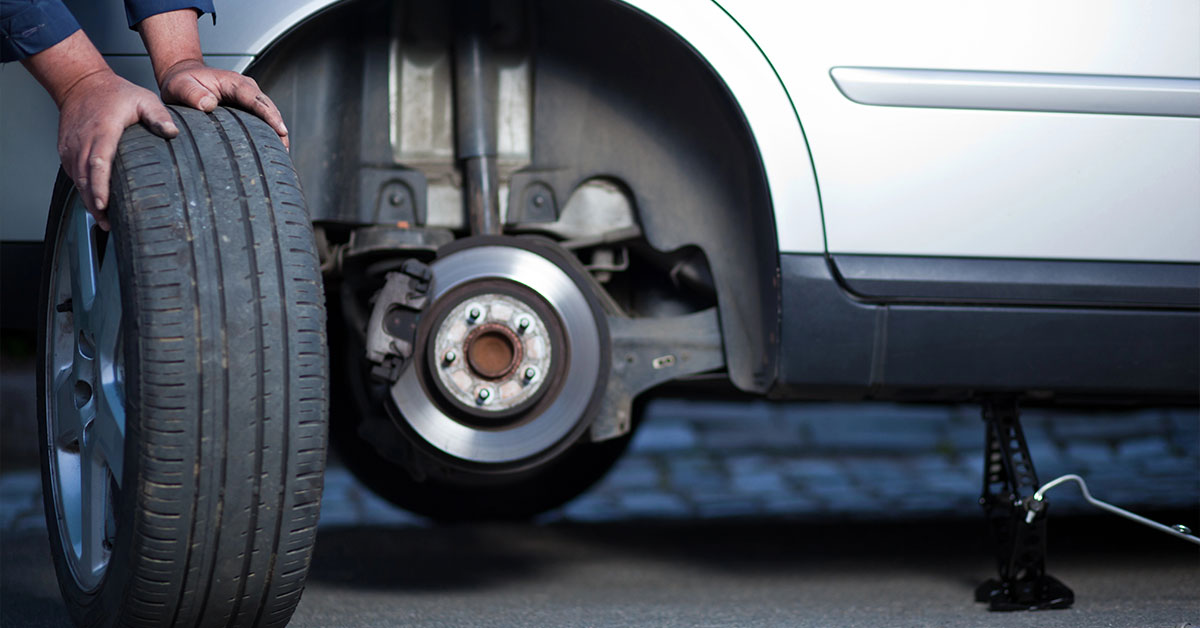Auto wrecking, often overlooked as merely the last step in a vehicle’s life, plays a crucial role in promoting sustainability.
This practice is particularly impactful in New South Wales (NSW), where environmental conservation and resource recycling are high priorities.
Introduction to Auto Wrecking in NSW
In NSW, auto wrecking is not just about dismantling old cars but is an integral part of the recycling process that supports environmental and economic sustainability.
This introductory section explores what auto wrecking entails, its importance, and its status in NSW.
What Is Auto Wrecking?
Auto-wrecking involves dismantling a vehicle that is no longer fit for the road.
The process includes removing and recycling various components such as metals, plastics, and fluids, ensuring that every reusable part is salvaged.
The Importance of Sustainability in Automotive Practices
Sustainability in automotive practices is critical to reducing environmental footprints.
By recycling vehicle components, auto wrecking helps minimize the extraction of raw materials and reduces greenhouse gas emissions associated with manufacturing new parts.
Overview of Auto Wrecking in NSW
In NSW, the auto wrecking industry is robust, governed by strict regulations that ensure environmental compliance and encourage waste reduction.
This sector not only supports the local economy but also contributes significantly to environmental conservation efforts.
The Environmental Impact of Auto Wrecking
Auto-wrecking has a positive environmental impact by significantly reducing potential waste and pollution. This section discusses the specific environmental benefits achieved through auto wrecking.
Reducing Landfill Waste
Each year, thousands of vehicles in NSW reach the end of their life. Auto-wrecking prevents these vehicles from ending up in landfills, thus conserving land and reducing soil degradation.
Preventing Soil and Water Contamination
Old vehicles often contain hazardous substances like oil, coolant, and brake fluid.
Proper auto-wrecking involves safely removing and disposing of these fluids, preventing them from contaminating soil and water sources.
Energy Conservation and Auto Wrecking
Recycling car parts requires significantly less energy compared to producing new parts from raw materials.
This conservation of energy results in lower carbon emissions, aligning with global efforts to combat climate change.
Components of a Car and Their Recyclability
Every car is a complex assembly of various materials. This section examines the recyclability of these components, highlighting the sustainability benefits.
Metals: Steel and Aluminum Recycling
Metals like steel and aluminium make up a large portion of a vehicle’s structure. These metals are highly recyclable and are commonly reprocessed into new products, reducing the need for virgin ore extraction.
Fluids: Proper Disposal and Reuse
Vehicle fluids are not merely discarded; they are often refined and reused. This not only conserves resources but also prevents the release of harmful chemicals into the environment.
Plastics: Challenges and Opportunities in Recycling
While plastics from vehicles present recycling challenges due to their varied types and composites, advances in technology are continually enhancing the recyclability of plastic parts.
Rubber and Glass Recycling Processes
Rubber tyres and glass from vehicles are also recyclable.
Tyres can be processed into rubber mulch for landscaping and athletic fields, while glass is often recycled into new automotive parts or other glass products.
Legislation and Industry Standards in NSW
The auto wrecking industry in NSW is tightly regulated to ensure environmental safety and efficiency. This section outlines the legislation and standards that guide these practices.
Local Regulations Governing Auto Wreckers
In NSW, auto wreckers must comply with specific regulations that mandate responsible handling and disposal of vehicle components to protect the environment and public health.
National Environmental Policies Affecting Auto Wrecking
Australia’s national policies on waste management and recycling directly impact auto wrecking practices, setting high standards for sustainability and environmental protection.
Compliance and Enforcement in NSW
The NSW government actively enforces compliance with environmental laws among auto wreckers, ensuring that these businesses contribute positively to sustainability goals.
Successful Auto Wrecking Operations in NSW
This section examines real-world examples of successful auto-wrecking businesses in NSW that exemplify best practices in sustainability and innovation.
Examples of Efficient Recycling Practices
Several NSW-based auto wreckers have set industry benchmarks by optimizing their recycling processes.
These businesses demonstrate how thorough component recovery and innovative recycling techniques can significantly reduce environmental impacts.
Innovative Approaches to Auto Wrecking
One notable innovation in the NSW auto wrecking industry is the use of automated systems to dismantle vehicles more efficiently and safely, thereby increasing the rate and quality of recyclable materials recovered.
Economic Benefits of Auto Wrecking
While the environmental advantages of auto wrecking are evident, the economic benefits also play a critical role in its value chain.
This section delves into how auto wrecking contributes economically by creating jobs and generating revenue from salvaged materials.
Job Creation in the Auto Wrecking Industry
The auto wrecking sector in NSW employs a significant number of people, from manual labourers to management professionals, highlighting its role as a substantial employment provider in the region.
Cost Savings and Revenue from Recycled Materials
By recovering and selling recycled materials, auto wreckers generate considerable revenue, contributing to the local economy.
Moreover, these activities help reduce the costs associated with raw material extraction and manufacturing.
Consumer Role and Influence
Consumers have a pivotal role in promoting sustainable practices within the auto-wrecking industry. This section explores how consumer choices can influence market trends and sustainability efforts.
How Consumers Can Support Sustainable Auto Wrecking
By choosing to sell their end-of-life vehicles to reputable wreckers, consumers directly support the recycling industry.
Awareness and preference for sustainable practices can drive more businesses to adopt eco-friendly operations.
The Impact of Consumer Choices on Industry Practices
Consumer demand for sustainable products encourages auto wreckers to adopt more environmentally friendly technologies and processes. This consumer influence is crucial for driving industry-wide changes.
Challenges Facing the Auto Wrecking Industry
Despite its benefits, the auto-wrecking industry faces several challenges that could impede its sustainability goals. This section addresses these challenges and potential solutions.
Technological and Operational Hurdles
Advanced technologies required for efficient auto wrecking are often expensive and complex. Small operators, in particular, may struggle with the capital investment needed to upgrade their facilities.
Overcoming Public Misconceptions
There is a persistent misconception that auto wrecking is merely about scrapping cars, which undervalues the industry’s contribution to environmental sustainability.
Education and transparency are key to changing these perceptions.
Future Trends in Auto Wrecking and Sustainability
Looking forward, the auto wrecking industry is poised to evolve in response to environmental needs and technological advancements.
This final section explores the future directions of auto wrecking in the context of sustainability.
Technological Innovations on the Horizon
Emerging technologies like artificial intelligence and robotics are expected to revolutionize auto wrecking, making it even more efficient and less labour-intensive.
Predictions for Sustainability in Auto Wrecking
With increasing regulatory pressures and growing environmental awareness, the auto wrecking industry is likely to continue improving its sustainability practices, setting new standards for waste management and recycling.
Conclusion
Auto wrecking, a critical component of the recycling industry in NSW, offers significant environmental and economic benefits.
As technologies advance and consumer awareness grows, this sector is expected to play an even more pivotal role in promoting sustainability.
In embracing these practices, both businesses and consumers can contribute to a more sustainable future, turning what was once considered merely the end of a vehicle’s life into a valuable resource for environmental conservation.









